Visit the old city of the river at the turn of Turpan
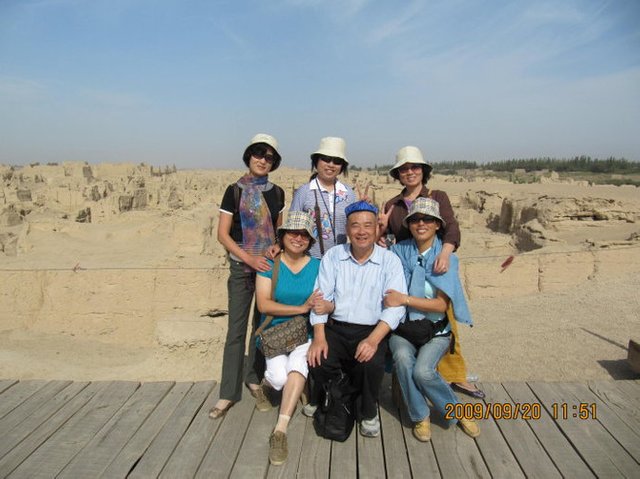
The Turpan area is located in the central part of Xinjiang, southeast of Urumqi, to Turpan, and passes through Daban District of Urumqi. When the car arrived at the Chaiwopu community in Wulapo Street, Wucheng District, I saw a huge windmill standing on both sides of the expressway and stretching for several miles. This is the largest wind power plant in Asia -- Dabancheng Wind Power Plant.
Known as a "Girl of Daban City", Daban City, which is famous both at home and abroad, is located in the valley between Zhongtian Mountain and Dongtian Mountain. It is a gas passage in the north and south. Therefore, the wind resources are very rich. It is currently in the nine wind regions of Xinjiang. Develop areas with the best construction conditions.
Chaiwopu is also a famous old fengkou in the Dabancheng Valley. The local folk songs said: "Dayu City, Laofengkou, small winds and winds every day, small winds smashing trees, winds flying stones." Tang Dynasty poet Cen Shen also wrote here. The poem said: "Just can't see the horses and the snowy beaches, the flat sands and the yellows into the sky. The rounds of the September winds are the night, the rivers and gravel are as big as the buckets, and the winds are full of stones." Every year, here is the windy day. 148 days, a long time reached more than 200 days. In order to develop the wind energy here, the local investment here is 900 million yuan, and it has built the largest square wind turbine in Asia, and is building China's first wind energy museum. The picture below shows the effect of the Wind Energy Museum.
The Turpan area is located in the eastern mountain basin of the Tianshan Mountains. It is a transportation hub connecting China's Xinjiang, Central Asia and the North and South. The Turpan area has jurisdiction over Turpan, Shanshan and Toksun counties. The main attractions we visit are concentrated in the urban area of Turpan.
The name "Tulufan" was first seen in the book "Western Region Fan Guozhi" written by Chen Cheng. Turpan, Uighur means a rich and rich place. According to the "Western Regions with the Wenzhi", "Tulufan" is the meaning of "water storage". The "Universal Dictionary" published by the Commercial Press also said that "Turpan" is Uighur, meaning "city."
Turpan City, 185 kilometers away from Urumqi, is located in the south of Bogda Mountain in the eastern Tianshan Mountains. It is the center of the Turpan Basin. It is a major town on the ancient Silk Road and was once one of the political, economic and cultural centers of the Western Region. A large number of cultural relics and historical facts show that Turpan is the intersection of Eastern and Western cultures, China, India, Islam, Greece and Rome. The Jiaohe Old City, known as the "Oriental Pompeii City", is a testimony to the long history of Turpan.
Jiaohe Old City is located in Yalhu Township, 10 kilometers west of Turpan City. It is located in the Yalnai ditch. Yalaigou is a valley that was washed away by floods in ancient times. After millions of years of erosion, in the valley In the center, a river-shaped island with a willow shape is formed. The Jiaohe City is located on this huge loess platform.
The city is about 1,650 meters long from north to south, and about 300 meters wide at the widest point of the east and west. It is surrounded by cliffs with a height of more than 30 meters. The cliffs are near the dry riverbed. The total area of the city is 430,000 square meters, of which the construction area is 360,000 square meters, which are concentrated in the southeast of the old city, accounting for two-thirds of the total area of the old city. The local Uygurs refer to the old city of Jiaohe as “Yal and Map”, which means “Yaer City”. The construction of the city uses the cliff as a barrier, does not build a city wall, and because the river water is in the first place of the Taiwanese, it has the name of the city. According to the "Han·Western Biography" records: "The former division of the car division, Wang Zhi Jiaohe city, the river flows around the city, so the number is handed over to the river." Ming Dynasty, the foreign minister, Chen Lang, sent the Western Region to the Jiaohe River, and wrote on the ancient city. "Yaer City" poem: "Shahe Sanshui since the exchange, the day set the dangerous city on the water head, the broken cliff is more dangerous, the wasteland waste site a few spring and autumn." This poem, refined and vividly revealed the characteristics of the Jiaohe old city. The picture below is a network picture, a bird's eye view of the old city of Jiaohe, natural cliffs, neighboring houses, temple towers, and so on, like a sailing ship.
The Jiaohe Old City was built for the car division (also translated as a teacher), and the construction period was earlier than Qin and Han, about 2000 to 2300 years ago. Like Gaochang’s old city, Jiaohe’s old city is also a heavy traffic town on the Silk Road. In 109 BC, the Han Dynasty general Zhao Runu attacked the Guru and divided the original Gushi’s territory into eight countries according to the geographical situation. The former country, the later division of the car division and the six countries of Shannan, Jiaohe is the center of the political, economic, military and cultural history of the former coach of the car, which is the king of the former country of the car division. At that time, there were "hundred seven hundred households, six thousand and fifty, and eight hundred and sixty-five people." In the first year of the first year of the Western Han Dynasty (the first 84 years), the Jiaohe set up the second school (the school and the school) It is the highest governor of the region, in charge of the Western Region Putian affairs, and is stationed in the river city of Putian. In the Wei and Jin Dynasties, the Jiaohe County was established. Tang set up Jiaohe County, once a place for the Anxi Dufu House. At the end of the 8th century, the Jiaohe River was trapped in Tubo. After the middle of the 9th century, it was set up in Jiaozhou. In the second half of the 13th century, the seas of the Northwest Mongolian aristocratic group, Dudu, launched a war, and the ancient city of Jiaohe was repeatedly blamed and seriously damaged. During the Yongle period of the Ming Dynasty (1403-1424), the city was abandoned. The following picture shows the human face ceramic lamp unearthed from the Jiaohe Old City. It is cylindrical and hollow, with a height of 28 and a bottom diameter of 12 cm. The human face is engraved, the relief is combined with the shape, and the long beard is the work of the 7th-8th century.
“The birds on the side of Jiaohe City are absolutely beautiful, and the horseshoes are slippery on the road.” The old prosperous Jiaohe City now only has the city base and the wreckage, but the city’s pattern and the official offices, temples, Buddhist temples, and Fangqu streets still The history is identifiable. The existing remains of the Jiaohe Old City are generally the scale of the Tang Dynasty's heyday. Urban buildings have two distinctive features: First, there are no walls, surrounded by cliffs and walls, forming a natural barrier; second, most buildings include large streets, all of which are Excavated from the original soil.
Under the entrance to the south of the old city, there is a Tang-style building, the Jiaohe Ancient City Cultural Relics Exhibition Hall, which displays the old city sand table, historical materials and unearthed cultural relics.
Overview of the Jiaohe Old City, the city only two gates of the South Gate, East Gate. From the perspective of layout, the Jiaohe Old City can be divided into three parts: the central street running through the north and the south divides the residence into two parts, the east and the west. The northern end of the street is a large-scale temple, which constitutes the northern monastic area. In the southern part of the eastern part of the city, there is an imposing official office in Tuen Mun. There is a group of spectacular towers in the north of the city. It may be the burial of Tallinn.
The east gate of the old city, the door and the city merge into one, standing high on the shore of the loess cliff of up to ten meters. The gates of the city gate are well preserved, and the corners of the squares on the sides of the rock wall and the horns of the horns overlooking the whistle are clear. Discrimination, a few large deep wells, dotted around. The East Gate area is a typical Wengcheng. This structure can help the defenders to eliminate the invaders in the city. It can be seen that this is an important strategic fortress of Jiaohe City. In addition to its role as a defense, it also has an important role to play in the caravans entering the Jiaohe River, waiting for approval.
In the center of the Buddha Temple in the Big Buddha Temple, it is a square pillar tower. The east and west chambers of the main hall are mortuaries. On the left front of the temple, there is a 10-meter high platform. It is said that standing on this platform, the entire city view will be unobstructed. Some people say that this earthen platform used to be a pagoda. Some people say it is a drum tower, and some people say it is a beacon tower. What kind of statement is right, remains to be verified. Legend has it that the Han Dynasty star Ban Chao and his son Ban Yong have written here to write an important poem in their career. The picture below is the picture of the Buddha on the center of the main hall. These Buddha sculptures, the style of the Jin and Tang dynasties are still the same, but it is said that in the dispute between Islam and Buddhism, the heads of many Buddha statues were destroyed.
To the northeast of the main hall, there is a group of neatly arranged Tallinn ruins with a total area of about 200 square meters. Tallinn is surrounded by a wall and opens to the south gate. It is 87.15 long and 84.8 meters wide. The center of Tallinn is a large tower with a height of about 10 meters and stands tall. The tower is divided into 25 small towers, arranged in a matrix of five vertical and horizontal. These 101 large and small pagodas form the magnificent Tallinn. According to reports, Tallinn is the mandala mandala of the King Kong Circle. It was built in the Jiaohe County period (5-7th century, carbon dating dating back more than 1640 years), and is the earliest existing Tantric King Kong Throne Tower in China. The first picture in the picture below is the Tallinn Tower, and the second is the remake of the Tallinn square.
Due to the unique dry and less rainy climate in Turpan, after the 2,300 years of wind and rain, the main structure of the urban architectural layout has been miraculously preserved. Many of the walls of the city still stand, making the Jiaohe Old City the world. The oldest, largest and best preserved earth-building city. In 1961, Jiaohe Old City was included in the first batch of national key cultural relics protection units. Looking at the majestic appearance of the ancient city of the willow-shaped shape, the poems of the ancient people "duck drinking horses at dusk" and "the purple camel night crossing the river" can not help but make people think and feel together...
< p> The Jiaohe Old City was the first batch of state-level key cultural relics protection units announced by the State Council on March 4, 1961.The area where the Jiaohe Old City is located is a continental warm and arid desert climate with plenty of sunshine, causing drought and heat in the low-lying basin. Windy in spring, dry in summer and dry in winter. There are only two seasons of heating and cooling every year, the temperature difference is very high, the highest is up to 47.4 ° C, the lowest is -7.28 ° C, the annual average temperature is 35 ° C, and the high temperature above 40 ° C can reach 36 days. The average precipitation is 16.2 mm and the annual evaporation is 2787.1 mm. The annual average of 8-10 winds is 36.2 days, the average annual storm is 11.2 days, and the longest wind duration is 8 days, which is the main disaster area of strong wind and sandstorm.
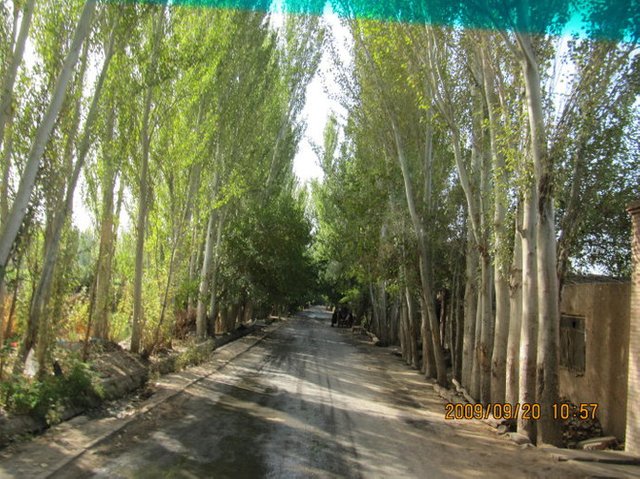


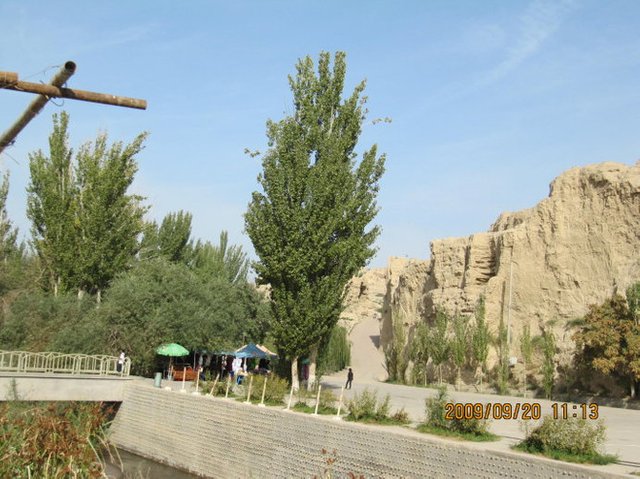
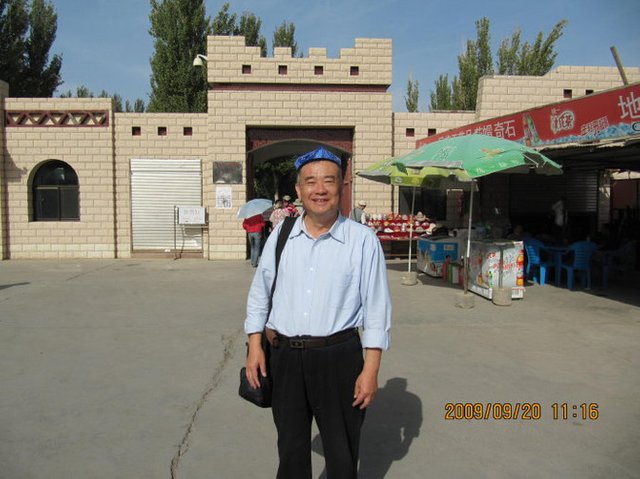
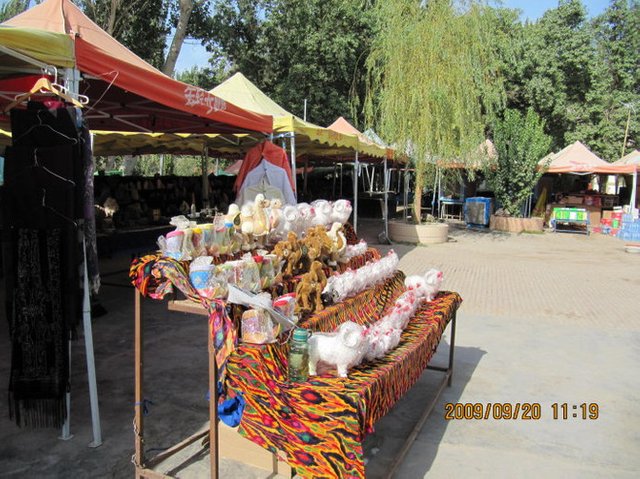
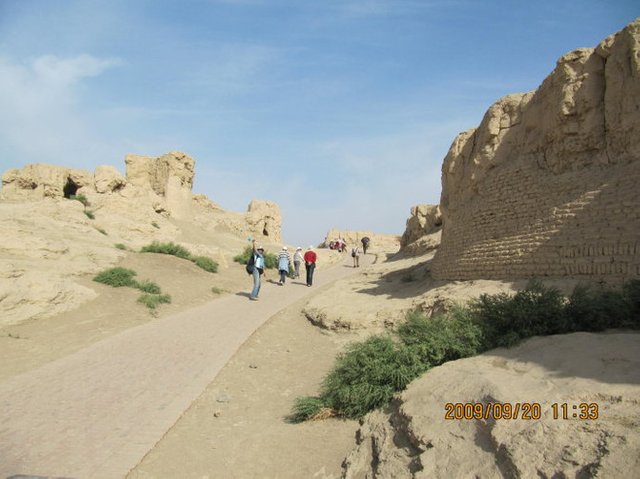
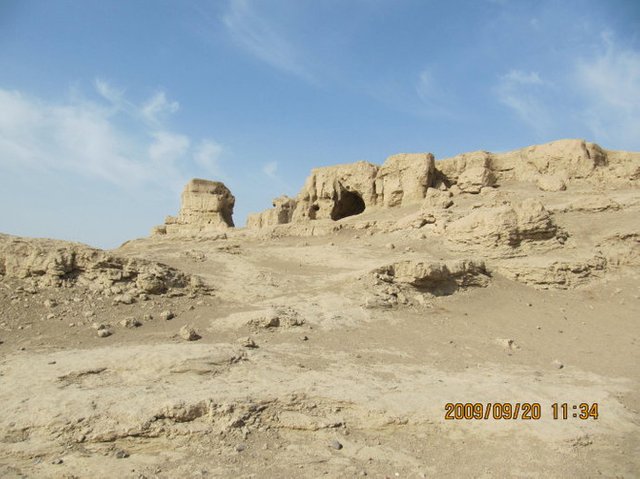
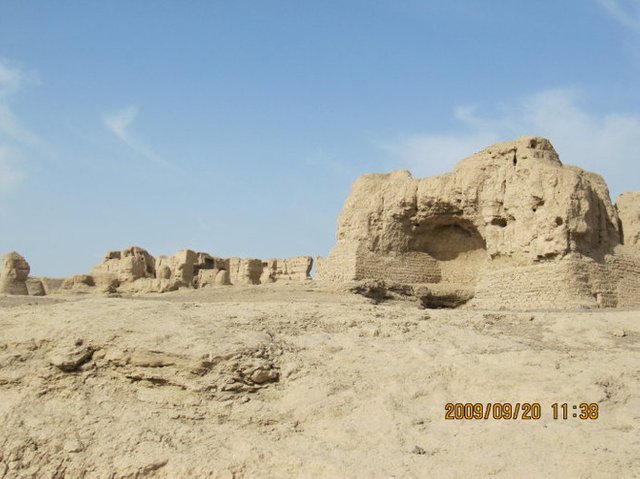
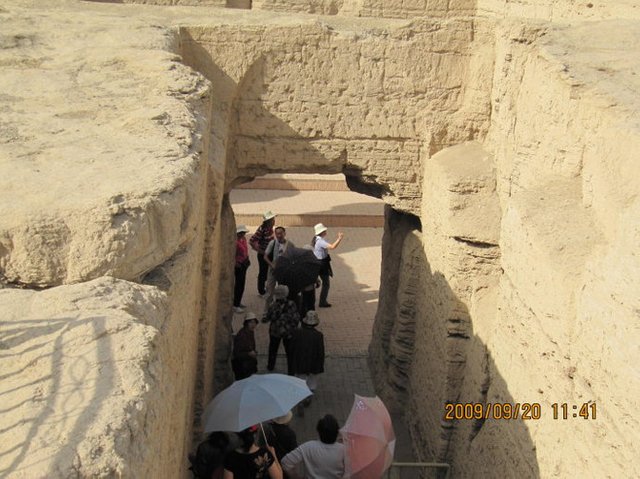
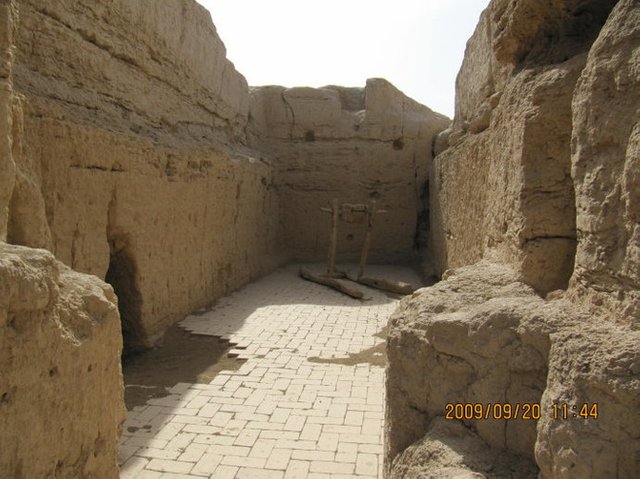
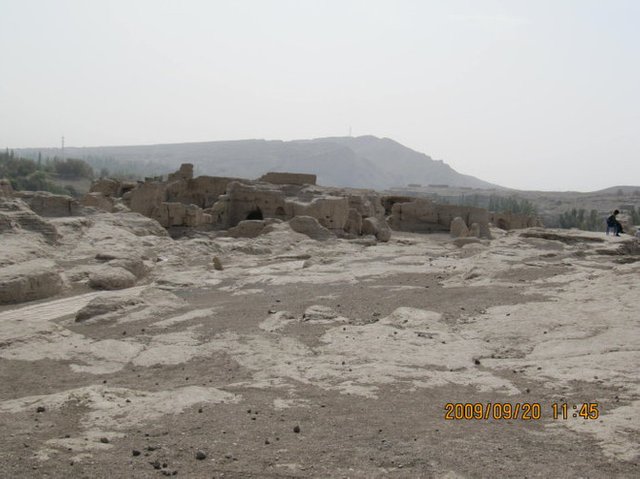
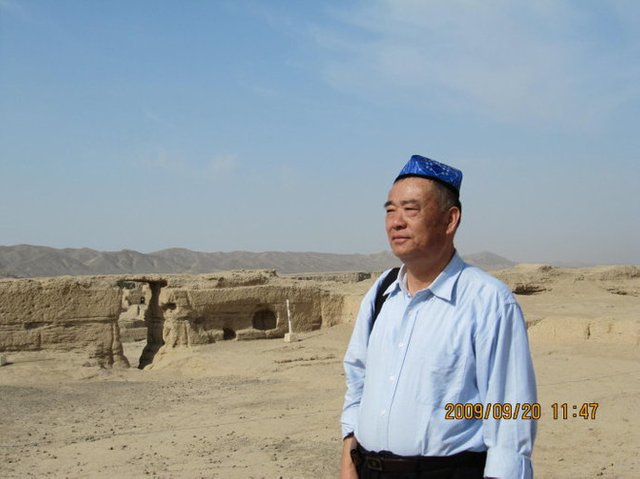
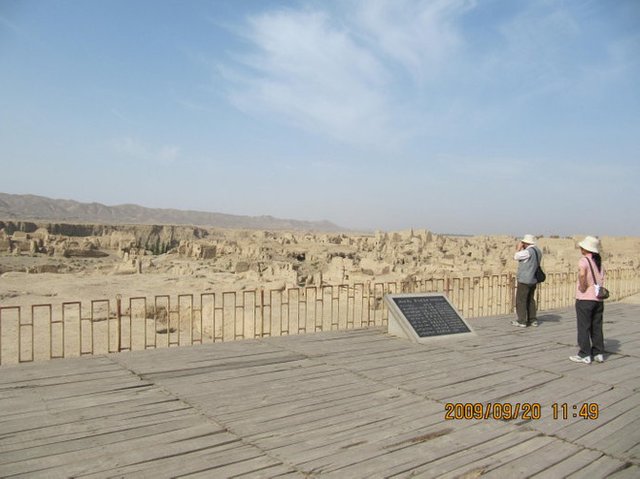
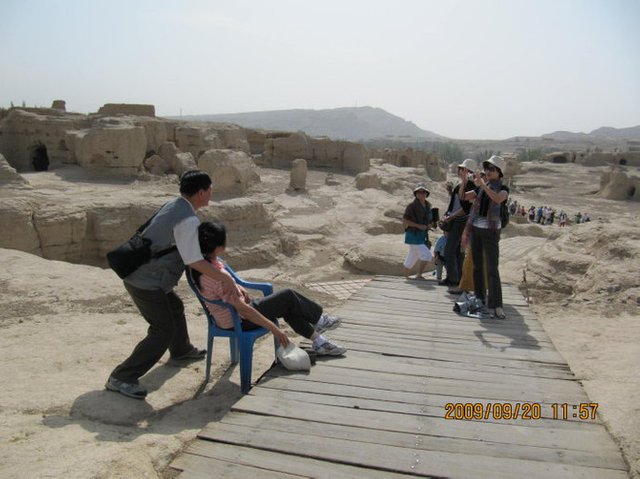
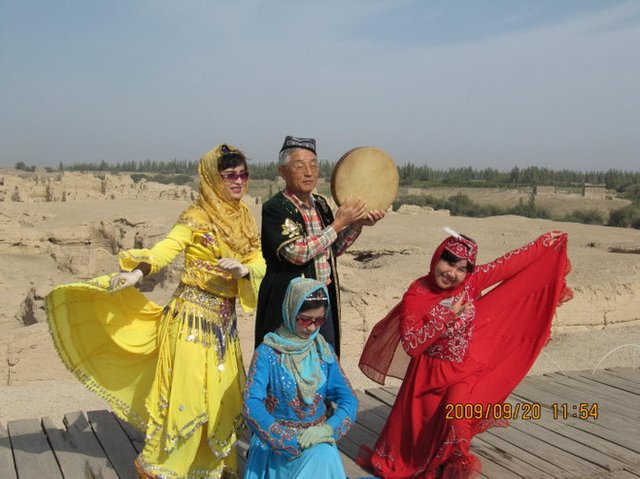
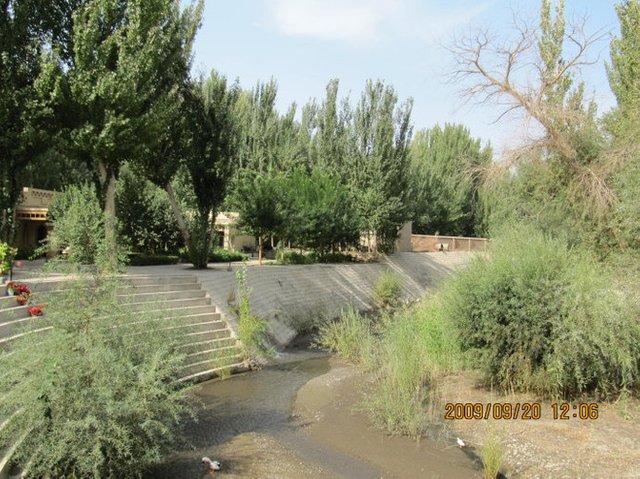
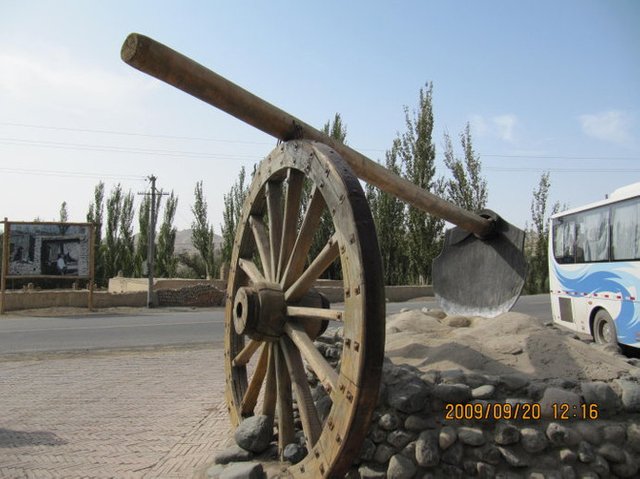
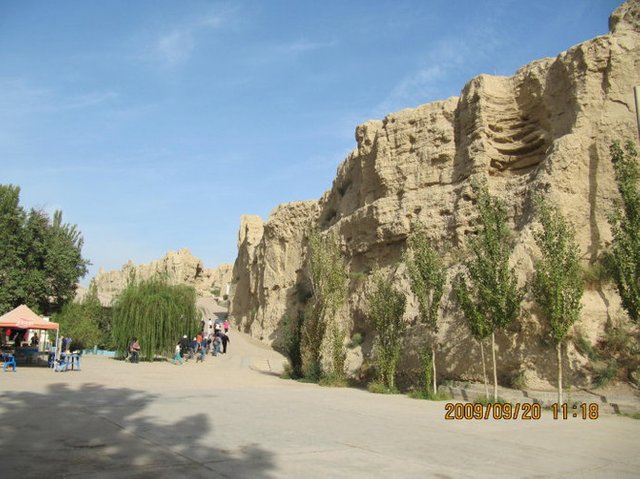
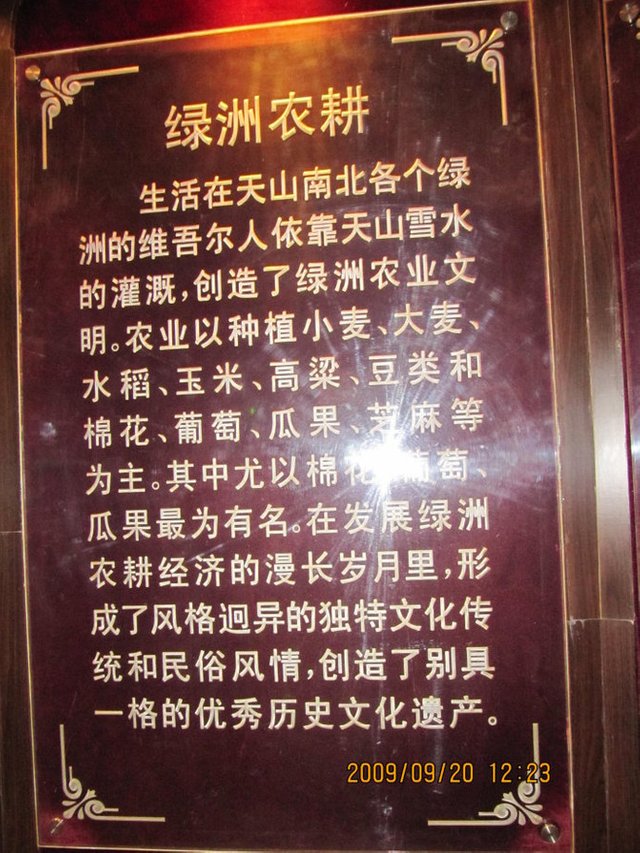
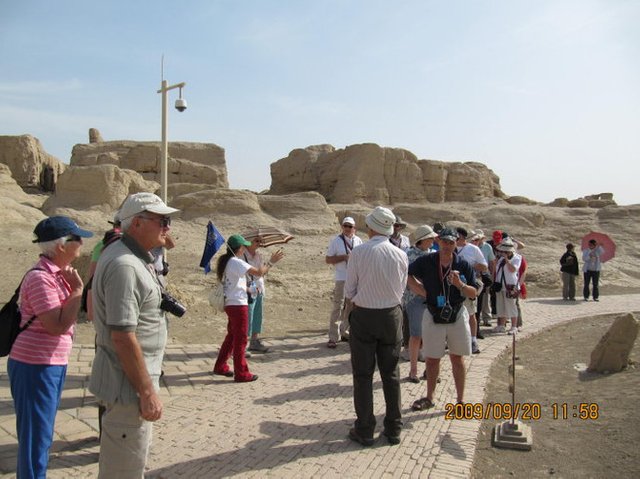
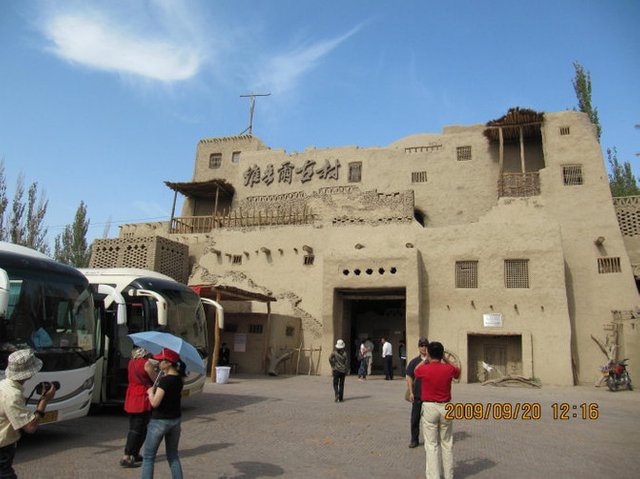
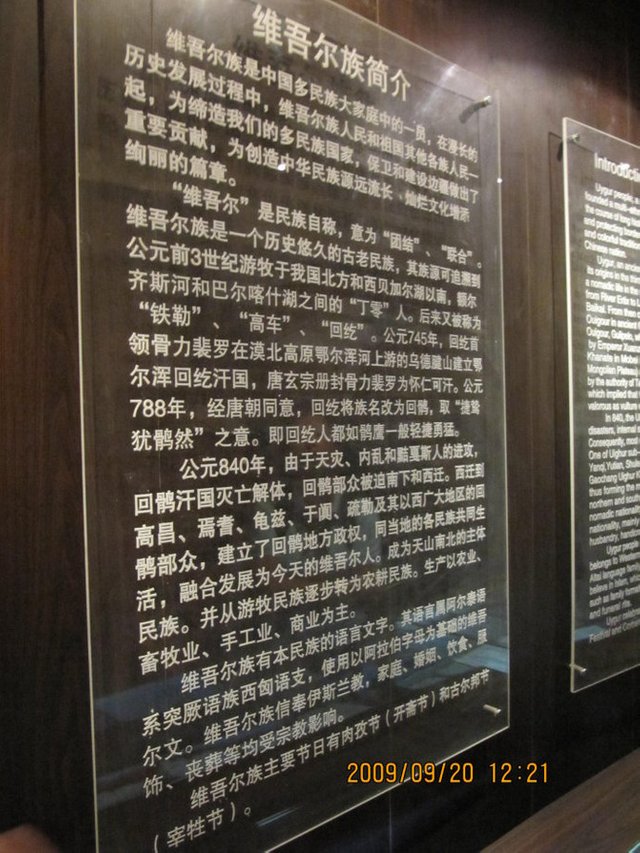
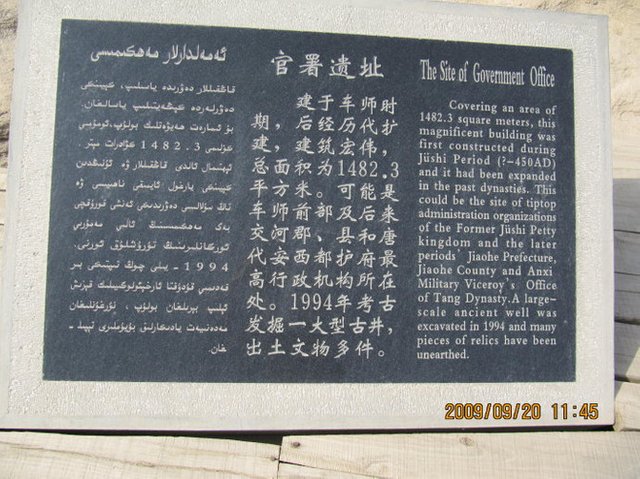
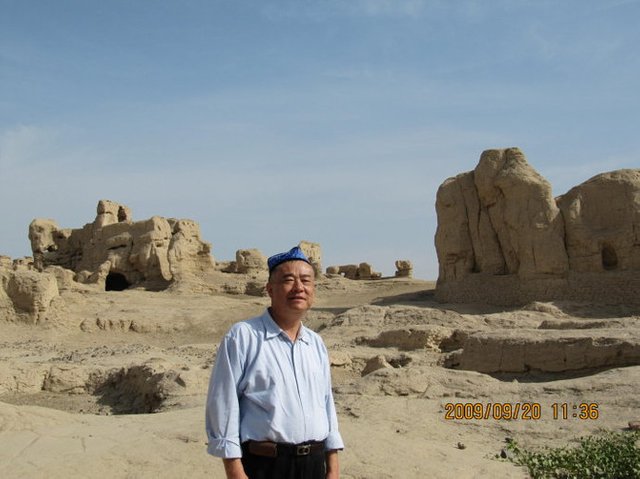

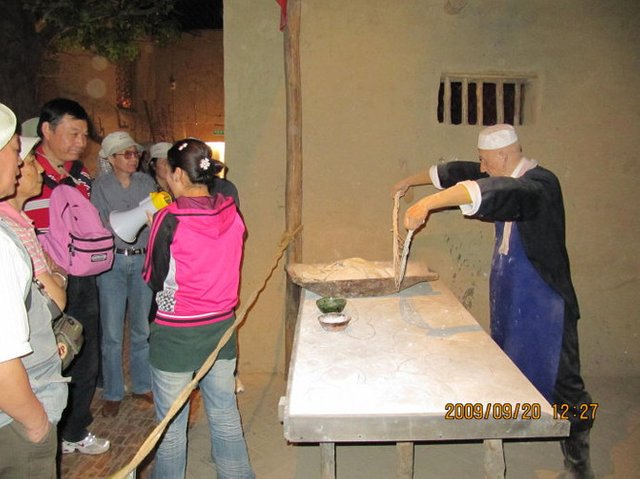
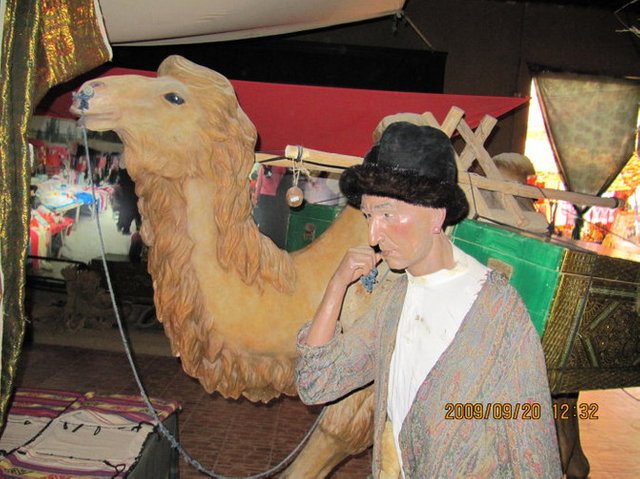
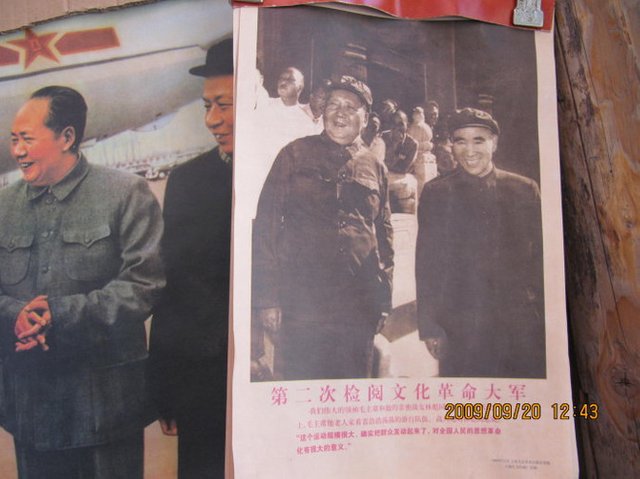
Nice landscape and many blessings to the Group a greeting from Venezuela♥
Thank you for the history and the pictures. I was not aware of the history of this part of China.
Congratulations @wanwenguo! You have completed the following achievement on Steemit and have been rewarded with new badge(s) :
Click on the badge to view your Board of Honor.
If you no longer want to receive notifications, reply to this comment with the word
STOPTo support your work, I also upvoted your post!